Tree Pests: Emerald Ash Borer - Page 7
New
EAB management for cities and towns
Tree Pests: Emerald Ash Borer - Page 10
New
Slow the spread of EAB
Even though the entire state of Missouri is now under federal quarantine and it is legal to move ash products and hardwood firewood among counties within the state, the Missouri Invasive Forest Pest Council URGES everyone to follow the following steps to protect from the spread of EAB:
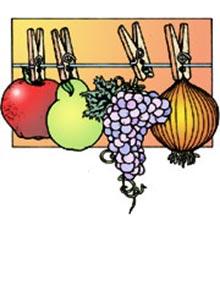
How to Use Dehydrated Foods
Reviewed

Eat Smart, Play Hard Concession Stand Toolkit
New
Editor's note
To order a printed copy of the Eat Smart, Play Hard Concession Stand Toolkit, contact Jollyn Tyryfter.
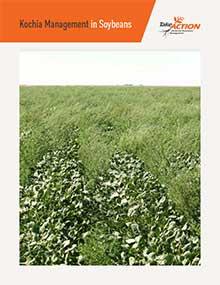
Kochia Management in Soybeans
New
Editor’s note
The following abstract describes a publication that is only available as a downloadable PDF.

Velvetleaf Management in Soybeans
New
Editor’s note
The following abstract describes a publication that is only available as a downloadable PDF.

University of Missouri Extension Non-Tenure Track (NTT) Promotion Dossier (Binder and Tabs)
New
This webpage provides information on purchasing a specific binder and tab set for non-tenure track promotion dossiers, including item numbers and availability.
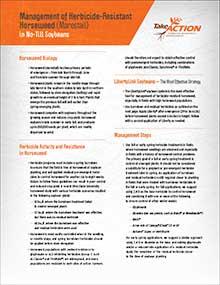
Herbicide-Resistant Horseweed (Marestail) Management in No-Till Soybean
Revised
Learn effective strategies to control herbicide-resistant horseweed in no-till soybean fields using integrated weed management techniques.

Occupational Safety, Health, and Wellness, Fourth Edition Manual
New $70 to $80
Editor’s note
The following abstract describes a publication that is available for purchase in print or as an e-book.
To order publications for a tax-exempt organization, contact extpubs@missouri.edu for instructions.
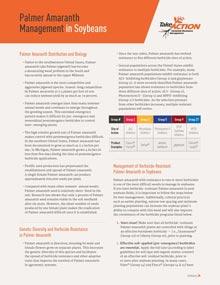
Palmer Amaranth Management in Soybean
Revised
Editor’s note
The following abstract describes a publication that is only available as a downloadable PDF.

Ground Cover Fire Fighting for Structural Firefighters, First Edition Manual
New $59 to $69
This manual is for emergency responders who encounter fast-moving fires that are commonly referred to as ground cover fires or brush fires, as opposed to forest or wildland fires. This book combines information from three trusted sources, the U.S. Forest Service, the National Wildfire Coordinating Group (NWCG), and the U.S. Department of Agriculture (USDA). The information in this manual presents organized, safe, and effective responses to ground cover fires.
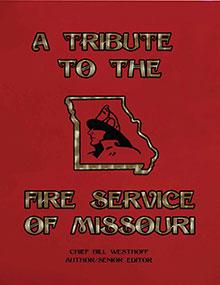
A Tribute to the Fire Service of Missouri
New $25
Read entertaining and informative stories about the Firefighters Service in Missouri.

Essentials of Fire Fighting, Seventh Edition Manual and Exam Prep Package
New $110
Save when you purchase the Essentials of Fire Fighting, Seventh Edition Manual and Exam Prep Package.

Stock Healthy, Shop Healthy: Sign — Free Fruit for Kids (Spanish)
New
Small food retailers, encourage healthy eating by offering a free piece of fruit to children to eat while the adult with them shops. Post this Spanish-language sign or the English version. Learn more about the Stock Healthy, Shop Healthy program.

Essentials of Fire Fighting, Seventh Edition Skills Video Series
New $380
Learn essential fire fighting skills with the latest video series, designed to help meet Fire Fighter I & II certification standards.

Fire and Emergency Services Instructor, Ninth Edition Manual
New $70 to $80
A safe and effective fire service must have capable instructors delivering effective training. This manual is the IFSTA source for instructor training. This text includes all NFPA 1041, Standard for Fire Service Instructor Professional Qualifications, (2019) Levels I, II and III JPRs.

Emergency Medical Responder: First on the Scene, 11th Edition Manual
New $140
This manual provides clear, first responder-level training for fire service, emergency, law enforcement, military, civil and industrial personnel. The text is based on the new National Emergency Medical Services Education Standards for Emergency Medical Responders. This edition has been fully updated for consistency with the latest industry standards. It also covers new topics recently introduced into emergency medical responder programs.

Essentials of Fire Fighting, Seventh Edition Course Workbook
New $38
This workbook is for the student to review the material in each chapter, to support classroom and online instruction. It is ideal for homework assignments. The workbook includes more than 3,000 questions and activities covering all 27 chapters of Essentials 7.

Essentials of Fire Fighting, Seventh Edition Manual
New $75 to $90
This all new seventh edition Essentials of Fire Fighting manual meets all of the NFPA 1001, 2019 JPRs and is the complete source for firefighter recruit and refresher training.
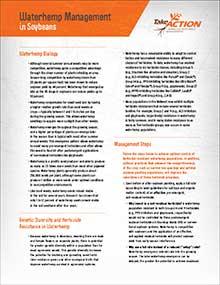
Waterhemp Management in Soybeans
Revised
Editor’s note
The following abstract describes a publication that is only available as a downloadable PDF.

Essentials of Fire Fighting, Seventh Edition Exam Prep
New $35
This Exam Prep is a self-study tool for students to prepare for end of course tests and the written portion of a certification exam.

Essentials of Fire Fighting, Seventh Edition Manual and Course Workbook Package
New $115
Save when you purchase the Essentials of Fire Fighting, Seventh Edition Manual and Course Workbook Package.
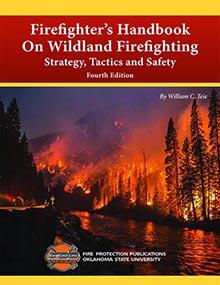
Firefighter’s Handbook on Wildland Firefighting Strategy, Tactics and Safety, Fourth Edition Manual
New $64 to $75
Comprehensive guide on wildland firefighting strategies, safety, and tactics, updated to meet current NFPA and NWCG standards for fire personnel.
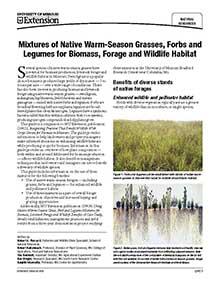
Establishing Mixtures of Native Warm-Season Grasses and Forbs for Potential Biomass, Forage and Wildlife Habitat
New
Establishing native warm-season grass, forb, and legume mixtures enhances biomass production, livestock forage, and wildlife habitat in Missouri.
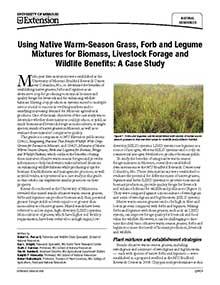
Using Native Warm-Season Grass, Forb and Legume Mixtures for Biomass, Livestock Forage and Wildlife Benefits: A Case Study
New
Explore a case study on using native warm-season grass, forb, and legume mixtures for biomass, livestock forage, and wildlife benefits in Missouri.